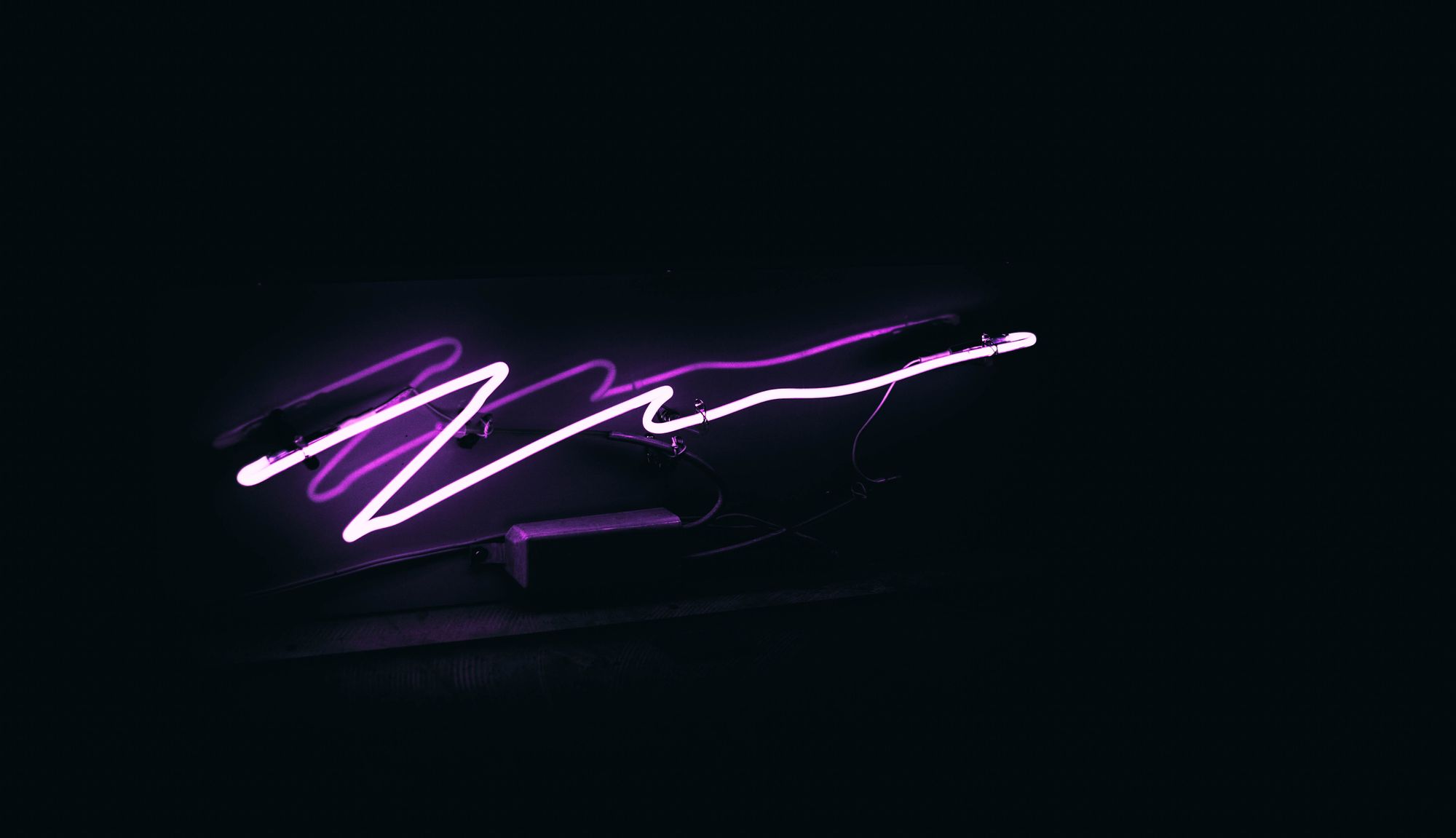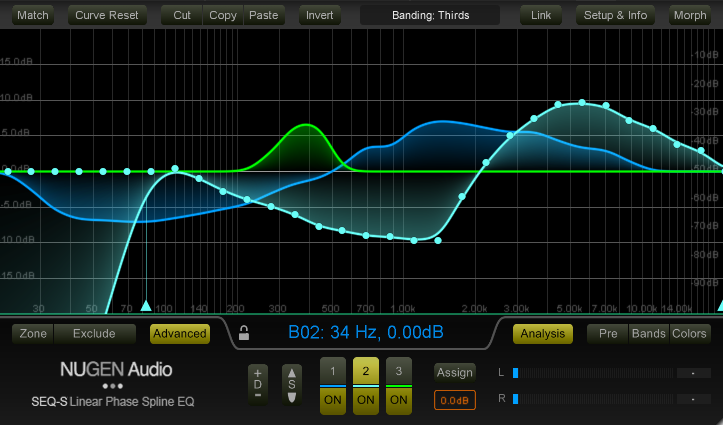

In parallel to research on time-reversal mirrors, I initiated and developed a second research theme in the field of medical imaging: multi-wave imaging. The development of radar and time reversal sonar to see behind walls or to detect objects in shallow water (with Claire Prada and Julien de Rosny).The development of new non-destructive testing methods for Aeronautics (with Claire Prada).The development of electromagnetic telecommunications systems in urban environments or in buildings by time reversal (with Julien de Rosny, Geoffroy Lerosey and Arnaud Tourin: Time-Reversal Communications company sold to ATOS),.The development of intelligent tactile objects using time reversal of the noise generated by finger impacts on objects (research conducted with my colleague Ros-Kiri Ing who created the Sensitive Object Company sold to TYCO),.An ultrasound brain therapy system that allows ultrasound waves to be optimally focused through the skull (with Mickael Tanter and Jean-François Aubry).


The realization of a time-reversal lithotripter that tracks and auto-focuses ultrasound shock waves only on renal and vesicular lithiasis (with Jean-Louis Thomas).With my team, I have developed many applications of these concepts such as: Parallel to this research on the limits of diffraction, I have explored the "time reversal" approach in imaging, and with my colleague Claire Prada, we have introduced the concepts of iterative time reversal and time reversal operator which allow us to revisit imaging techniques in heterogeneous media by introducing a matrix approach to imaging. Then, with Geoffroy Lerosey, Fabrice Lemoult, Julien de Rosny and Arnaud Tourin, we showed that it is possible to create, by time reversal, focal spots much smaller than the wavelength by introducing into the propagation medium a locally resonant material structured at a sub-wavelength scale (this is the concept of "Resonant Metalens"). Complexity becomes an asset and a single "time-reversal" antenna, immersed in a scattering or reverberating medium, makes it possible to focus a wave on a spot whose size no longer depends on the size of the antenna! These surprising results have since been the source of much research in the community of mathematicians, opticians and in the field of telecommunications. The most surprising result of this research was to show that the more complex the propagation medium, the easier it is to make a wave relive its past life. Then with my team, we made such mirrors for different types of waves (sound, ultrasound, seismic, electromagnetic, and waves) and we experimentally tested their efficiency in the most varied propagation media. I was the first academic to be elected in 2008 as Professor at the Collège de France on the Chair of Technological Innovation.īy exploiting the symmetries of the wave equation and the arrival in the 1980s of the first high-capacity high-speed electronic memories, I proposed in 1987 the concept of "time-reversal mirrors" which allow a wave to relive its past life in the most complex environments. I have authored or co-authored more than 450 scientific articles in peer-reviewed journals. I have directed more than 65 PHD thesis and filed more than 75 patents. My research has led to several discoveries and the creation of 6 innovative companies (Echosens, Sensitive Object, Supersonic Imagine, Time-Reversal Communications, Cardiawave and GreenerWave) which employ nearly 400 people. Back from the USA, I moved to Paris where I created in 1990 at the ESPCI the Waves and Acoustics Laboratory which became in 2009 the Langevin Institute which today gathers about a hundred researchers on the theme "Waves and Images". In 1981, I was appointed Professor at the University of Strasbourg and then went as a visiting professor at the University of Irvine in the radiology department. My research has led to numerous applications ranging from medicine, to defense, telecommunications, geophysics and human-machine interface.Īfter a postgraduate thesis in solid-state physics, I embarked on the adventure of medical imaging and my “These d’Etat” work, with Pierre Alais, led to the realization of the first high-resolution medical ultrasound scanner operating in real time (1978). I am interested in the most fundamental aspects of wave physics in complex environments and I apply and promote this research in developing new tools and concepts in both imaging methods and information transmission techniques.


 0 kommentar(er)
0 kommentar(er)
